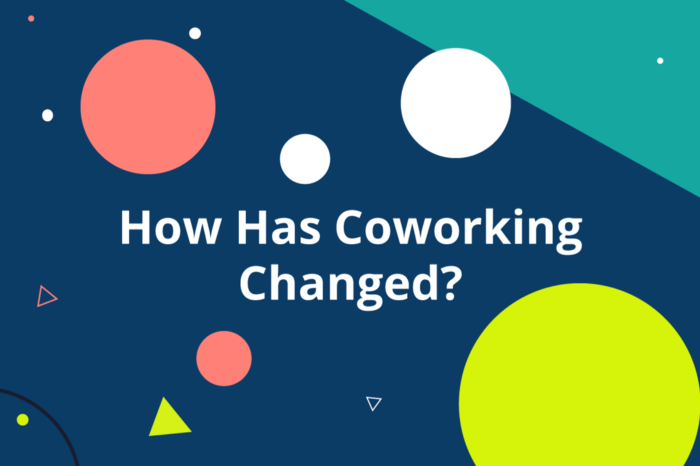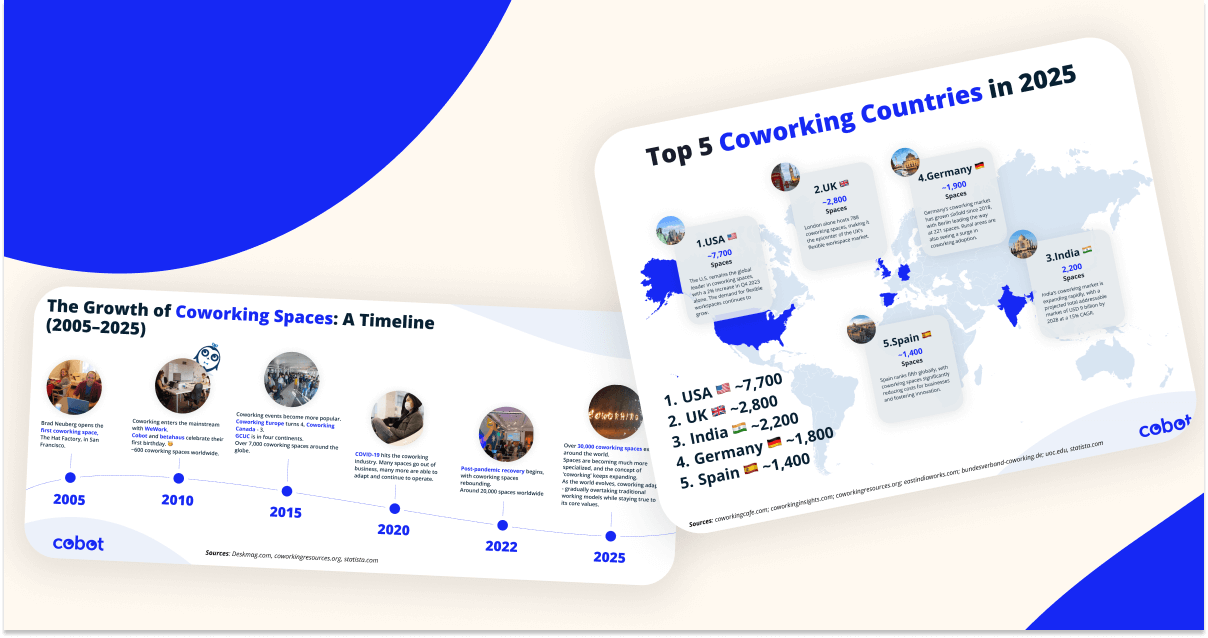In May, we published an interview from our “5 Questions With” series with Lena Maria Kotschedoff, Community & Startup Manager at Stadtwerk Düsseldorf. In the interview, there was a paragraph that spurred a longer discussion among segments of the international coworking community. We thought this would be a great opportunity to discuss the origins of coworking, the lingering myths of what it means to be a coworker, and, more specifically, What perception problems coworking continues to have. We asked some of our colleagues around the world their opinions on these terms and their thoughts about the origins of coworking.
This is part one of a three part series. You can read the second part here and the third part here.
Hippies are people who live in communities.
Do you think that the terms we use to describe early coworking space operators and members (such as hippie, hipster, etc.) accurately sum up the atmosphere of coworking’s early years and how useful are these terms in understanding the ‘origin story’ of the coworking industry? What lingering perception problems do you think coworking has (if any), and if so, how would you combat those misperceptions?

Lina Maria Kotschedoff | Community and Startup Manager at Stadwerke Düsseldorf
I do think that it could be used to sum up the atmosphere because hipster just means, in my interpretation, people who are looking into new stuff and doing things differently. Hippies are people who live in communities. So looking into, say, the significance of these two titles, I see they could be used. However, nowadays,, people these days either know about coworking and have a very positive opinion, they could be considered negative words, so I’d probably call them innovators. They were trying out a new way of collaboratively working together in a shared community with the purpose of improving their work situation.
I do think [there are fewer misconceptions] than there were two years ago when I started to get to know the coworking market. From my experience, people these days either know about coworking and have a very positive opinion, They also or they don’t know about it. When I talk with people about coworking and I tell them that I work in a coworking space and that I’m a community manager, they’re likely to say “oh that’s cool, where is it?”, and normally they share stories of their own experience in coworking. Or, they talk about how their day-to-day working environment has open spaces and other elements borrowed from coworking spaces. Then there are those who don’t know anything about it, but it’s easy to explain the concept through other shared products that they’re used to, like car sharing, any mobility sharing or Airbnb. People are much more serious than hesitant.

I do not disagree that the casual, social approach to coworking is offputting to many professionals and that there are people who do not find it attractive.
I think that what this kind of perception does make clear is that the independent spaces are not getting our origin story out there. This comes from a narrative dominated by corporate players where startups are the focus; but this is a very recent development in coworking. I wrote an article on this development with Dave Bunnell in 2011 which is when the phenomenon began to appear.
Mostly, of course, it does not matter to folks how it developed, as long as they can feel they can put their own personal stamp on a thing and call it coworking. Mostly of course it does not matter to folks how it developed, as long as they can feel they can put their own personal stamp on a thing and call it coworking.
I do not disagree that the casual, social approach to coworking is offputting to many professionals and that there are people who do not find it attractive. My own background is in law The Office, as well as what I require in an office, is on the formal side. The offerings and services of de Kamer tend to be business services of a type that freelancers and small businesses find difficult to arrange, and while we have social gatherings and so on, they are a result of all the other things we do together and not the other way around. Some of this is also cultural, here in northern Europe it is a little bit taboo and frivolous to go to the office to “play.”
I think people who are now coming into the coworking world have more options and more choices than ever before, and I am not sorry about that because it means more people who are happy with what they do and where and with whom they do it.
Jenny Poon | Founder at CO+HOOTS and eeko studio
I think that’s a pretty broad assumption. From my experience, our community wasn’t driven by that. We had crappy coffee and horrible decor. No hipster would be caught dead in our early day’s space. A friend once told me, “There’s nothing better than a common enemy to bring people together.”that as coworking spaces are becoming mainstream, We were built out of a need to support serious businesses with resources for them to withstand the recession in a city that deeply needed a win. I do think as coworking spaces are becoming mainstream there has become a divide between “kinds” of spaces. The community-based space and the commodity-based space. One is rooted in connections, and one in physical real estate.
You choose which model you want to run, and my hope is to see more who can create a hybrid and succeed.

,
I think tagging is human, not always good, but human. The communities of early coworking adopters were people who felt attracted by the concept of working together and didn’t care about being in humble facilities — even crumbling ones. If you have spent enough time in this sector, you know what I’m talking about…
I would say these terms are not “useful,” they are a cliché that speeds up the description and makes maybe not the best summary ever, but a useful one. And some coworking spaces evolved into better versions of themselves. They also offered improved facilities, but I would say these terms are not “useful.” They are a cliché that speeds up the description and makes maybe not the best summary ever, but a useful one. “The communities of coworking early adopters were people attracted by the concept of working together, collaborating, and finding synergies, and didn’t care about being in humble facilities or even even crumbling ones. The sector matured, and some coworking spaces evolved into better versions of themselves. They also offered improved facilities that were acceptable to a wider audience.” Meanwhile, society’s tastes changed, and what was seen as cool in the late 2000s was no longer cool. People were more willing to work in a social environment. Some people saw an opportunity and created business-center-type spaces, increasing the size and improving the look and the location of social spaces, which were traditionally located in the worst spots in town. From this, flex work was born, although they used coworking as a shorthand when explaining their model. After this, older business centers saw the impact of these spaces in the market and their growth; they modified their spaces and, in some cases, their external procedures to be able to appeal to this changing environment.
But of course, this is a long way to reaching the headline I often use when describing the development of coworking: From Hippies to Corporates.
I’d combat these misperceptions by giving context to the story of coworking.



